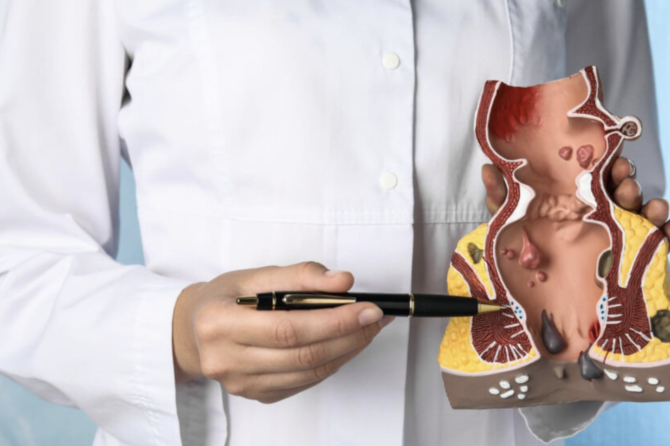
How Does an Anal Fissure Heal?
An anal fissure is defined as a thin tear or crack in the skin around the anus, often presenting symptoms such as severe pain, a burning sensation, and bleeding during defecation. This condition can significantly hinder daily life and cause considerable discomfort. Constipation, hard stools, prolonged diarrhea, childbirth, or traumatic events are among the primary causes of anal fissures.
The formation of a fissure leads to muscle contractions around the anus, which subsequently reduce blood flow. This can delay the healing process and transform an acute issue into a chronic condition over time. However, with appropriate treatment approaches and lifestyle changes, it is possible to overcome this problem. In the healing process of anal fissures, both methods applied by the individual and medical treatments recommended by specialists play a crucial role. The earlier the treatment begins, the faster the recovery, and the lower the risk of complications. Therefore, seeking support from a specialist physician is highly important.
How to Alleviate Discomfort Caused by Anal Fissures?
To reduce the discomfort caused by anal fissures, the primary goal is to soften the stool and minimize irritation in the area. A diet rich in fiber and ample fluid intake helps make stools softer, aiding in the healing of the fissure. These steps are particularly important for fissures caused by constipation or hard stools. Additionally, warm sitz baths increase blood flow to the area, alleviating pain and speeding up the healing process.
In some cases, doctors may recommend locally applied anesthetic creams or ointments. These products not only reduce pain but also support the healing process. Moreover, regulating toilet habits, especially avoiding prolonged time in the bathroom, is crucial. If necessary, short-term stool softeners can also be used. All these measures can reduce pain and discomfort, but complete healing requires the implementation of appropriate treatment methods.
Treatment of Anal Fissures
Treatment for anal fissures typically begins with conservative methods and progresses based on the severity of the condition. For acute fissures, dietary changes, warm sitz baths, and pain-relieving ointments are generally sufficient. However, more invasive treatment options may be necessary for chronic fissures. Botox injections, for instance, are an effective method that facilitates healing by relaxing the muscles around the fissure. In some cases, surgical options may also be required.
Surgical interventions generally involve relaxing the sphincter muscles to promote healing of the fissure. However, this method is usually preferred only when other treatment options fail. Adhering to the treatment plans recommended by the doctor is crucial to prevent complications. Additionally, lifestyle changes and regular follow-ups reduce the risk of recurrence of anal fissures. With proper treatment and care, it is possible to completely recover from anal fissures, so seeking medical assistance without delay is essential.
Leave a reply

Leave a reply